Saving Cake: Various Methods for Reviving Dried-Out Cake
 Friday, April 17, 2009
Friday, April 17, 2009 Solution 1: Let it Steep
What we did: Poured boiling water in a teacup and then suspended the cupcake in a tea strainer above. Boiling water was only poured to below the point where the strainer reached, so that the water didn't touch the wrapper.
The reasoning: The steaming water would infuse, and re-moisten, the cake.
The result: The texture of the sides and bottom of the cake did benefit from the steaming, however the inside of the cake was still rather hard and stale-tasting. The frosting began to melt on the sides. Overall, not worth the annoyance. Grade: C-
Solution 2: It's a Wrap
What we did: Per the suggestion of a CakeSpy reader, we wrapped the cake in a wet paper towel and then microwaved it for 20 seconds (in two ten-second intervals).
The reasoning: You know, cos someone told us to. And we do what we're told.
The result: While we can't explain the science behind it, we can say that it worked! The cake was warmed and seemed to have been nicely moistened all the way through; the frosting was ever so slightly melty around the edges, but still solid. It is important to note, however, that if you use this method, the cake ought to be consumed immediately. Grade: A-
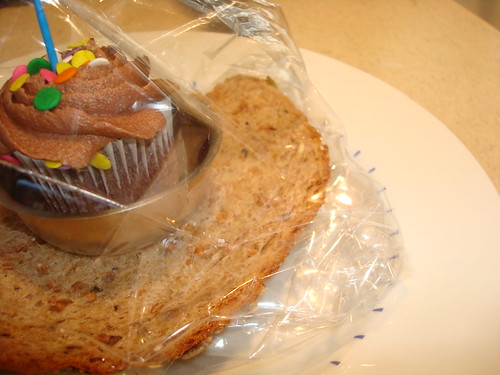
Solution 3: Bread n Buttercream
What we did: We placed the cupcake in plastic with a slice of bread and let it sit for several hours.
The reasoning: A big shrug here--we read somewhere on the internet that this was a good solution.
The result: Like, OMG! It totally worked! After a few hours, a thin layer of condensation had formed on the bag; after about six hours when we removed the cake, it was--no joke--almost like new. One taster thought she detected--just maybe--a touch of yeastiness in the flavor, but she didn't stop eating it. This one yielded the best texture of all. Grade: A
Solution 4a: Simple Sugar Solution
What we did: Spooned simple syrup on the sides of the cake and let it sit for a few moments.
The reasoning: Simple syrup is an age-old trick used to keep cakes moist; if it's worked for others, it was worth a try!
The result: It had a nice effect, but only on the outer edges of the cake--the inside was still a bit hard. Grade: B+
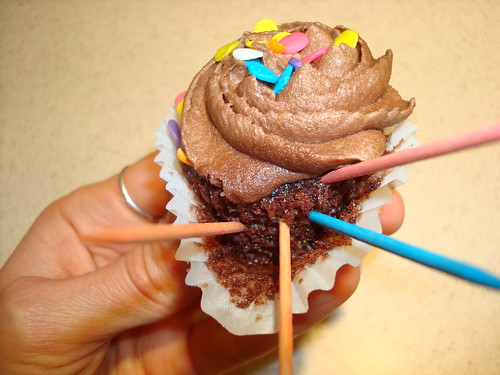
Solution 4b: Simple Sugar Solution Part 2
What we did: Same as in the above, but this time instead of simply spooning it on the sides of the cupcake, we first pricked holes all throughout with toothpicks.
The reasoning: Poking the holes would allow the liquid to permeate more of the cake and give it a nicer, more moist, balance.
The result: It did work slightly better than simply applying the simple syrup to the sides, as the center of the cake seemed softer and slightly more yielding. Grade: A-
Solution 5: Booze it on Up
What we did: Once again, the cake was poked with toothpicks, but this time we poured some whiskey on.
The reasoning: Alcohol is a known preservative--and, you know, we like to party.
The result: In terms of moistness, this actually worked slightly better than the simple syrup; however, the flavor was rather assertively alcoholic and perhaps a bit much. Grade: B-
What we did: We sealed the cake in an airtight container for several hours.
The reasoning: We figured that this might capture some heat and moistness in the cake.
The result: Meh. It made a slight, but not large, difference in the cake. The frosting, however, did benefit from this method better than others. Grade: B-

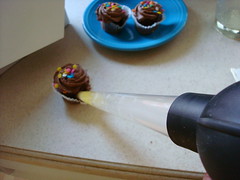
Solution 7: Better with Butter
What we did: We filled a turkey baster with butter (a syringe would have worked better, natch, but this is what was around), jammed it into the cake and gave it a healthy squeeze.
The reasoning: The butter would infuse deliciousness throughout the cake from the inside out.
The result: Butter hasn't experienced such violation since Marlon Brando got his hands on it in Last Tango in Paris. Unfortunately, the butter didn't do much for the texture of the dried-out cake. It just made it kind of crunchy and greasy. Now, we're not opposed to a little grease now and then, but this time it just seemed unnecessary. Grade: D
So, having abused cake in so many ways, is there really a definitive answer? Can dried-out cake be saved? Well, it will never be the same as when it was freshly baked, but we certainly did learn some tricks for coaxing just a little bit more life out of a sweet morsel. Of course, sometimes you just hit the point where you've got to give up on the cake--at which point you might want to consider some of our other favorite suggestions: using the crumbled cake for bread pudding, as layers in a trifle, or simply eating it soaked in milk. Sublime.
 cakespy mischief,
cakespy mischief,  experiments
experiments 









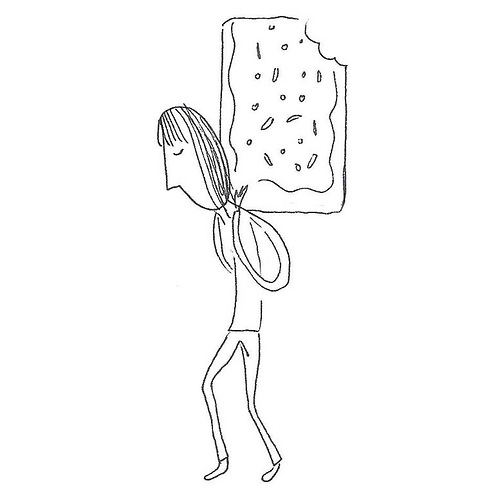



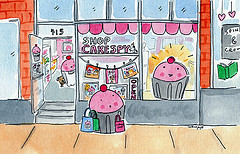










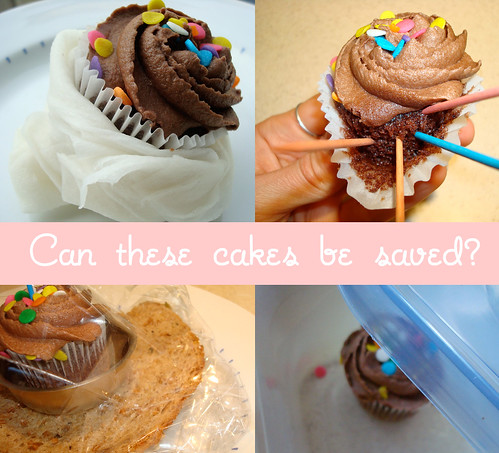
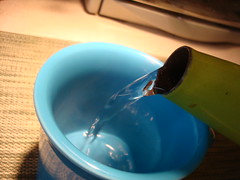

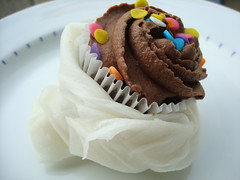
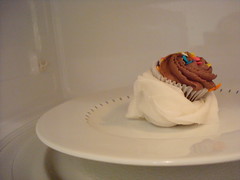
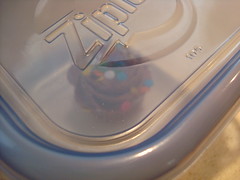
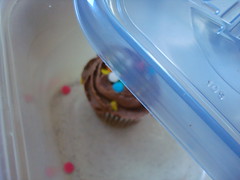
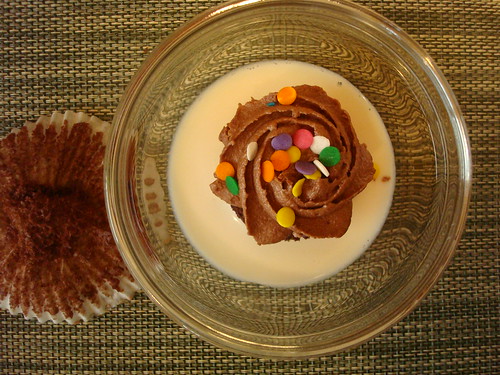
Reader Comments (30)
you rock. but, your cupcakes no longer have to.
what an awesome experiment. Thanks so much for sharing.
woohoo!! love this post!! great experiments... the bread and plastic wrap one, weird!
This is great! I finally find out different ways to keep my cupcakes moist and save them :)
Thanks heaps!!!
Thank you for posting this! It was a delightful little read. I knew about the bread trick but I have never done it myself. Well, not on purpose. I once put two different baked goods under a cake dome (can't recall what two items they were) that had different moisture levels and it mutilated both items. But, I suppose that is why it works for the cupcake and bread. The hard cupcake uses the moisture from the bread and ta da! Awesome, thanks again! :)